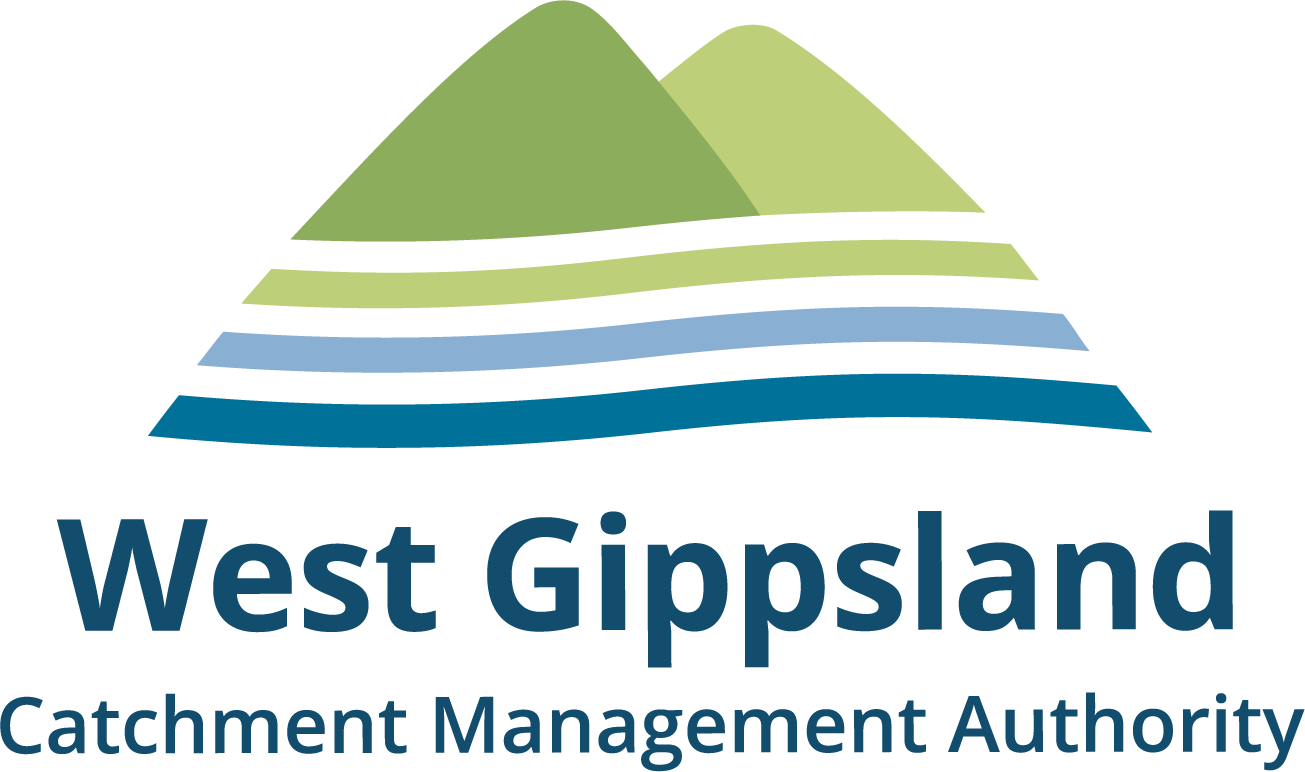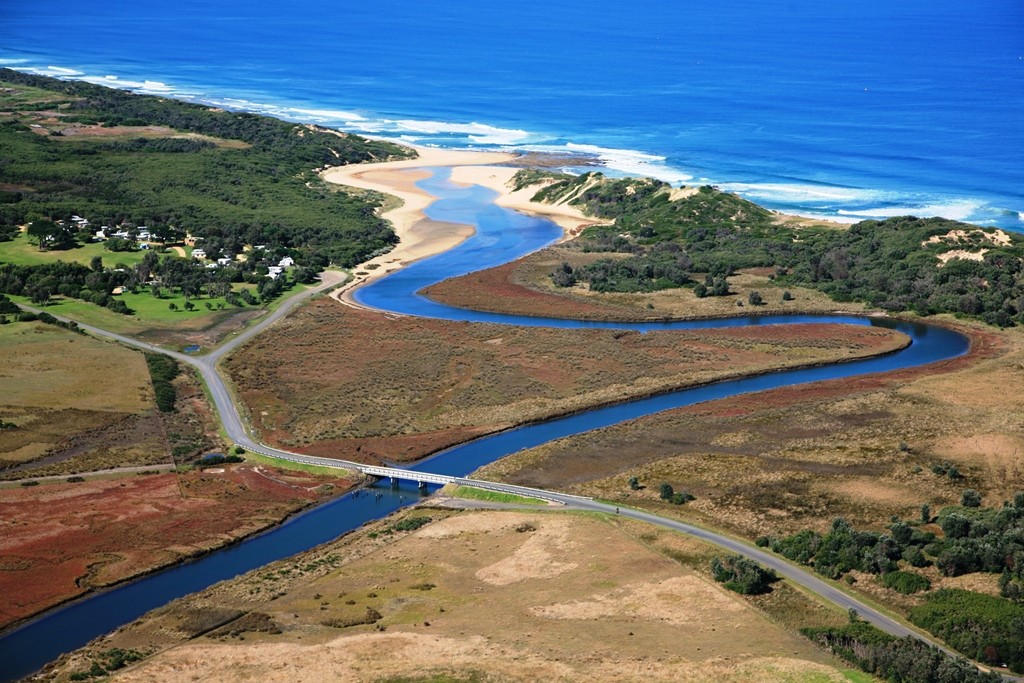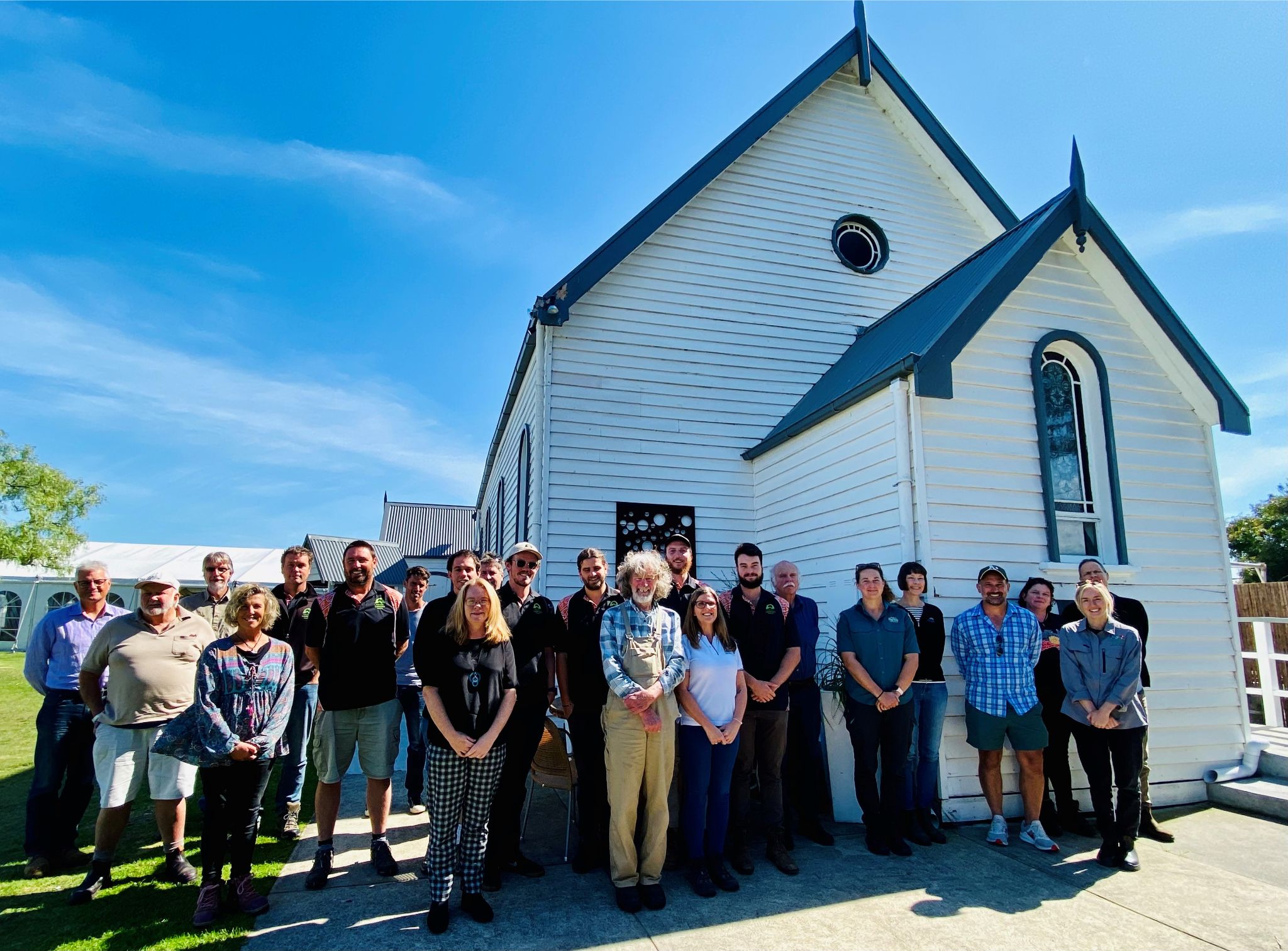It takes a village to care for a catchment…
The Powlett River/Kugerungmome Partnerships Project takes a ‘whole of catchment’ approach to better manage this beautiful and precious part of the catchment.
We have two informative videos below for you to enjoy. Paula Camanzuli or NRM Strategic Planner explains the ‘Integrated Catchment Management (ICM) Powlett River/Kugerungmome program in the first video and together with partners and landholders, she then explains in video two ‘Powlett River Kugerungmome Partnership Project’, more detail the many different aspects of the partnerships and programs that the projects is delivering.
Integrated Catchment Management (ICM) is a holistic way of managing land, water, and biodiversity from the top to the bottom of a catchment. Improving integrated catchment management will provide significant benefits for our waterways.
The Powlett River catchment has been identified as a priority area in the West Gippsland Regional Catchment Strategy (RCS) and Regional Waterway Strategy.
The Powlett River has a total catchment area of 50,800 ha and has six tributaries, of which Foster Creek is the most upstream, followed by Lance, West, Archies, Bridge and Woolshed Creeks. Land-use in the catchment is largely agricultural and is dominated by dairy and beef production.
The Powlett River and Lance Creek systems supply water for the Wonthaggi, Inverloch and Cape Patterson townships.
The Powlett River catchment has been identified as a priority area in the West Gippsland Regional Catchment Strategy and Regional Waterway Strategy.
There is a strong history of community and stakeholder interest in the catchment area. Its size, environmental significance and challenges provide an opportunity to undertake an ICM approach.
The Powlett River terminates into Bass Strait in an intermittently closed estuary system. The estuary system is listed as a Nationally Important Wetland in Victoria due to its diverse range of birds, plants, and fish communities, including many listed threatened and endangered species, as well as its extensive saltmarsh and wetland communities and cultural heritage values.
It is a highly cherished part of Victoria’s environment with value to the agricultural sector, private landholders, recreational users, indigenous Australians and the tourism sector.
The Powlett Catchment faces a number of threats ranging from the impact of weeds, pest animals and poor livestock management practices to climate change.
This project will work collaboratively with landholders and partner agencies to develop a plan that will reduce these risks and protect and improve the catchment.
In 2015, West Gippsland Catchment Management Authority developed the Powlett River Estuary Management Plan.
The Plan, sets out an ambitious action plan which will improve and protect the aspects of the estuary, which the community value.
Over the last five years (2015-2020), WGCMA we have worked with local stakeholders in implementing a significant amount of the plan.
While the focus of the plan is the values within the estuary, actions are recommended for the entire catchment to address threats to the estuary from the catchment.
Initial work has seen a consultant appointed to assist with the project and the formation of a Stakeholder Reference Group made up of community members and agency representatives to support the successful and timely development of the Powlett River Catchment ICM Project.
The first year of this project (2020-2021) will be spent developing the three year Powlett ICM Implementation Plan.
Years two to four (2022-2025) will see the delivery of that plan.
Community updates will be available via local media and our website and social media channels.
Powlett River/Kugerungmome Catchment – Strategic Directions Statement





